RAJASTHAN
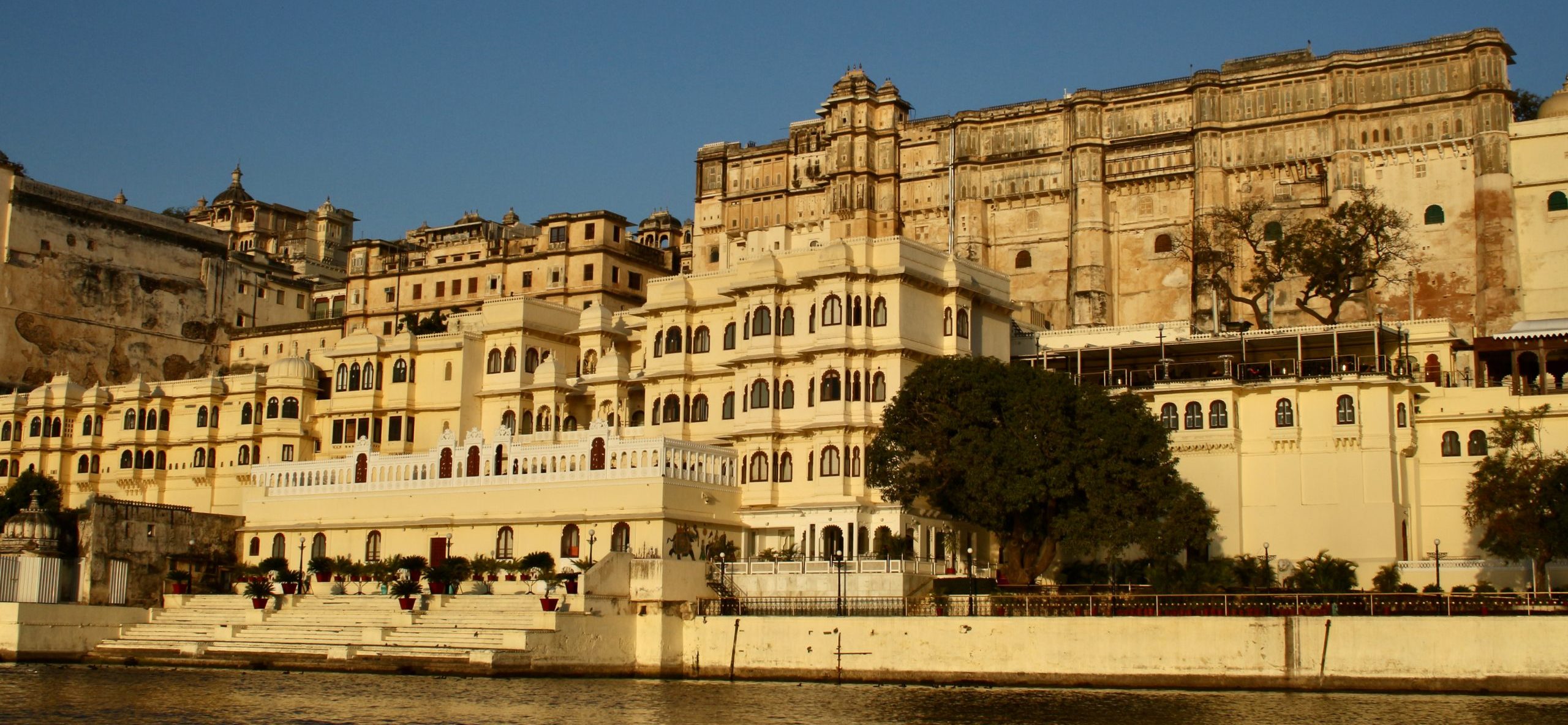
We chose Rajasthan as a focus destination in India for several reasons. One is personal access and our own love of barren landscapes, and the other is that it is one of the most interesting states in India. Maharajapomp exists alongside simple ways of living in harmony with nature. Persistent pushy souvenir sellers get on your nerves, while a boundless hospitality touches your heart. Seemingly endless desert in the west, gentle and rugged hills in the south and east – in between the bright garments of the women. Leisurely camel pace, speedy rolling along on the modern highways and traffic chaos with autorickshaws. Vibrant towns and villages where time seems to have stood still. Spicy vegetable curries and irresistible sweets. And (almost) every day a surprise!
Rajasthan offers diverse travel and experience opportunities beyond the classic fort and palace tours. No question, the forts and palaces are stunning and impressive – but the experience of our travellers has shown that less is often more here. If you are not an absolute fan and enthusiastically travel from palace to fort to relentlessly enjoy the buildings, we would rather advise you to do no more than 3 or 4 during a trip. We can fill up the remaining travel time with more than enough travel ideas – tell us what you particularly enjoy, let yourself be inspired and seduced by the ideas on this website or simply let us make a suggestion for you. Especially exciting are the encounters with the people and their everyday life. You will definitely get that included!
Here you will find info on various aspects and travel ideas that we can integrate into your trip. Countless combinations of accommodation, treks, visits, encounters, activities, areas, etc. can be put together.
Getting around
In Rajasthan, all means of transport are available. Whether you are travelling from Delhi, Mumbai or any other part of India, Rajasthan is easy to reach by car, train or plane (although for ecological reasons we do not recommend flying for short distances). Within Rajasthan, the most comfortable way is by car with a driver who also takes you to the villages. The bus network in Rajasthan is extensive and buses go to even the most remote villages – but sometimes very rarely and time-consuming.
Apart from a night on the train or a day’s journey, there are also routes with historical significance. When the Maharajas of Udaipur and Jodhpur planned a rail link for easier visits, the route between Kumbli Ghat and Phulat posed a particular challenge because of the rough hilly terrain. In 1935, these 22 km were completed, for which the train today takes 1:20 hours. You share the simple carriage with the local people and enjoy the wild and romantic landscape. This train ride is a really nice experience!
For a good and varied experience of Rajasthan, we recommend trying as many means of transport as possible. A train ride should be included, a bus ride (with guide) for a shorter distance is exciting, in cities try out autorickshaws or in Jaipur also the metro – and in the desert of course the camel!
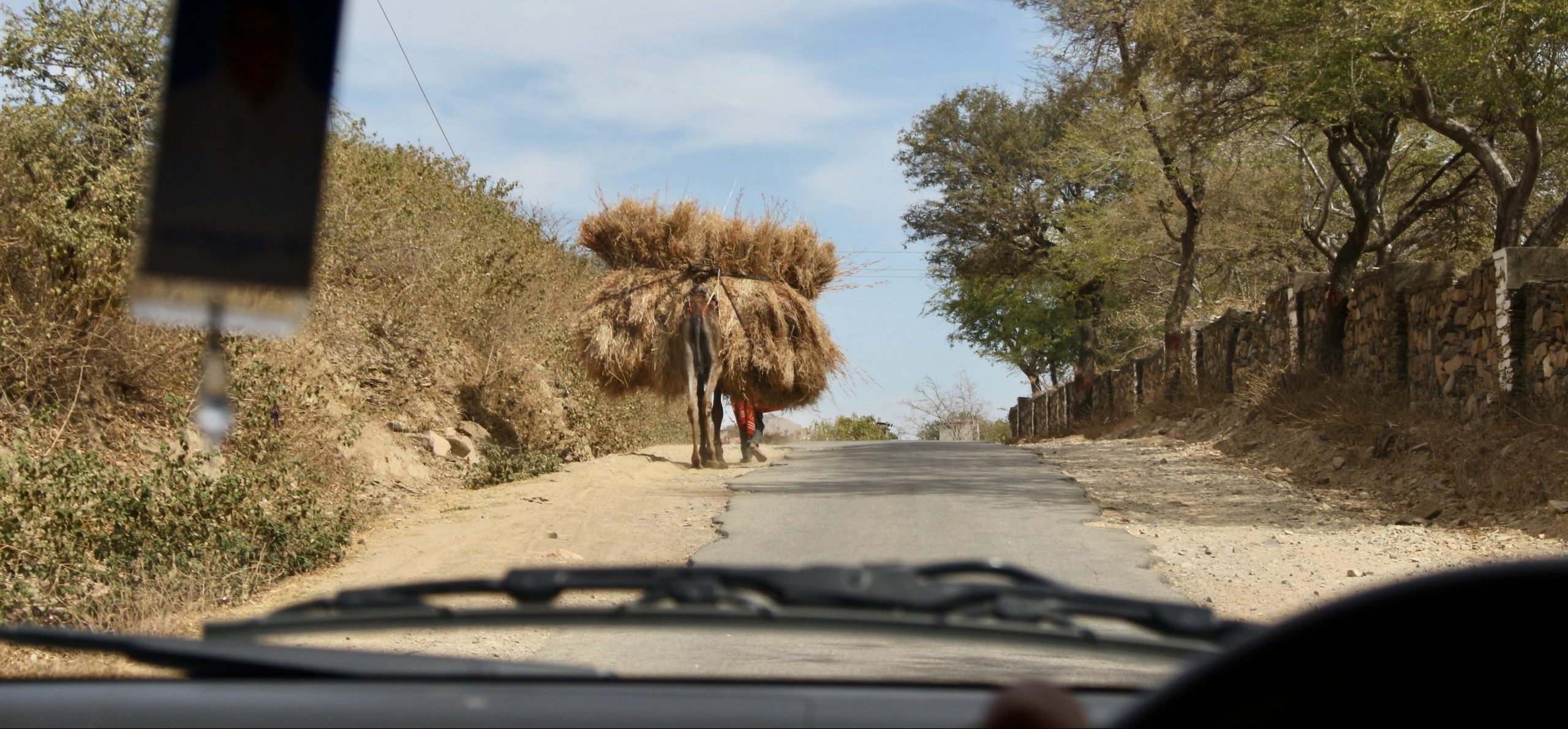
Accommodation
After independence and India’s transition to democracy, as well as the later land reform under Indira Gandhi, many Maharajas and other nobles and landowners lost much of their income to maintain their luxurious lifestyle in the lavish palaces. In order to continue to have an income and at least maintain the beautiful architecture and interior decoration, many converted all or part of their houses into so-called heritage hotels. These range from the most expensive rooms in the Umaid Bhawan in Jodhpur to a great abundance of quite affordable accommodation scattered all over Rajasthan. Very special are the large complexes in smaller villages, where the family has been connected with the inhabitants for generations and can continue to offer them jobs through the hotel business. Most of the time you can talk to someone from the family and learn more about the system and the changes.
Also in the countryside, there are so far a rather small number of so-called resorts or lodges where you can find accommodation close to nature but still very comfortable. These are usually very quiet and you have time to observe animals, relax, reflect on your trip at the end or take part in the activities on offer.
If you are more in the mood for contact with the urban upper middle class, you can stay in a homestay. Many families have prepared a few guest rooms and allow guests to share in their family life. They are usually very open, friendly, speak good English and take great pleasure in interacting with travellers.
Homestays in the countryside are still in their infancy. Despite the many large cities, a large part of Rajasthan’s population lives in the countryside in smaller villages. To get to know this life better, a stay in one of these villages with a local family is a good idea.
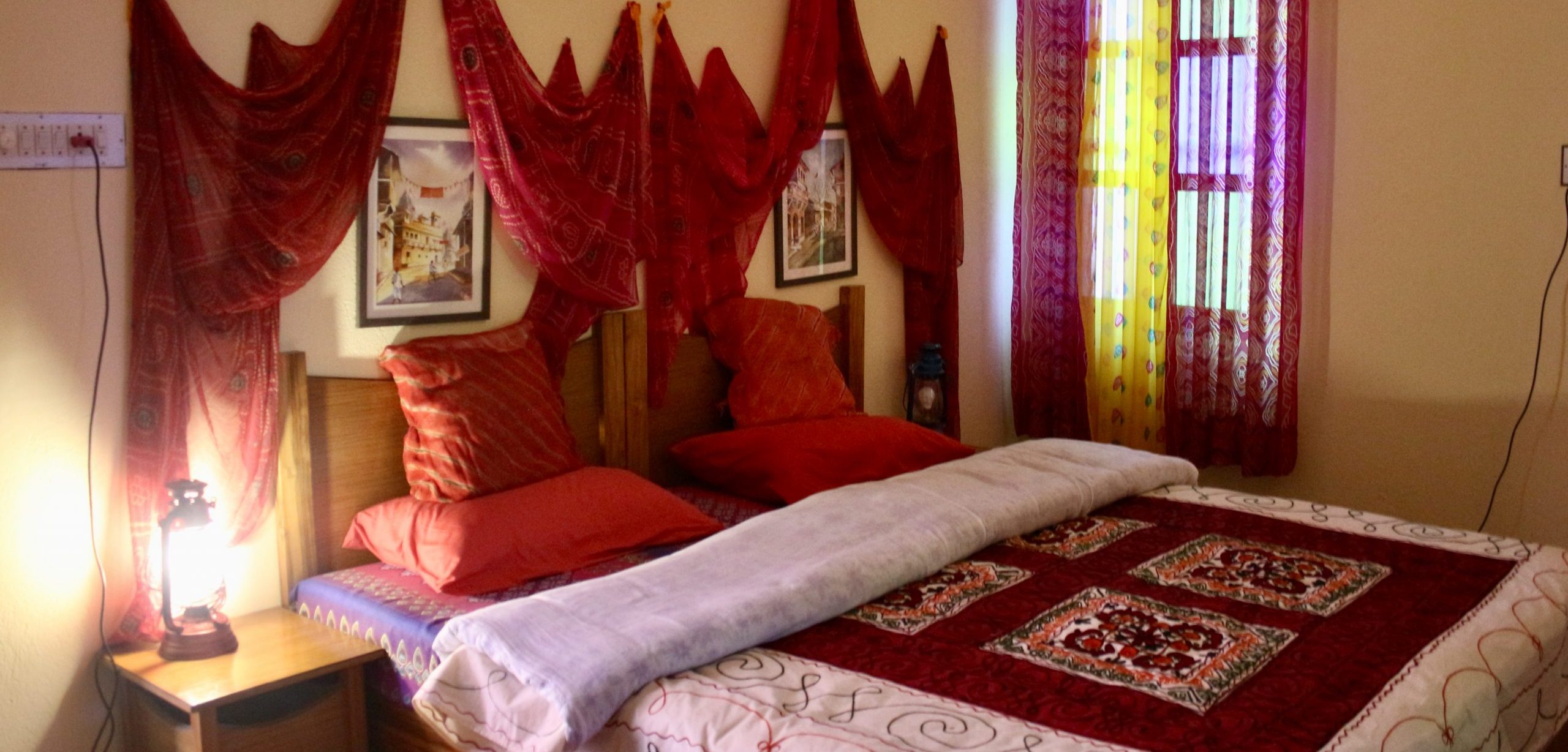
Cameltour
The classic and most stylish way to get around is on a camel tour. If sitting on the camel all day is not moving enough for you, you can also walk alongside. You don’t need any special prerequisites for a camel tour – except that you have to like nomadic life that takes place outdoor. If you still want to see the world from the back of a camel, you can do so at various places on a half- or full-day camel ride.
Fascinating are the nights under the stars, soft sounds and a very special rajasthani smell lull you to sleep. The slow pace and monotonous landscape offer peace and balm for the stressed soul. The community of the country people and their hospitality enhance the pleasure of a camel tour.
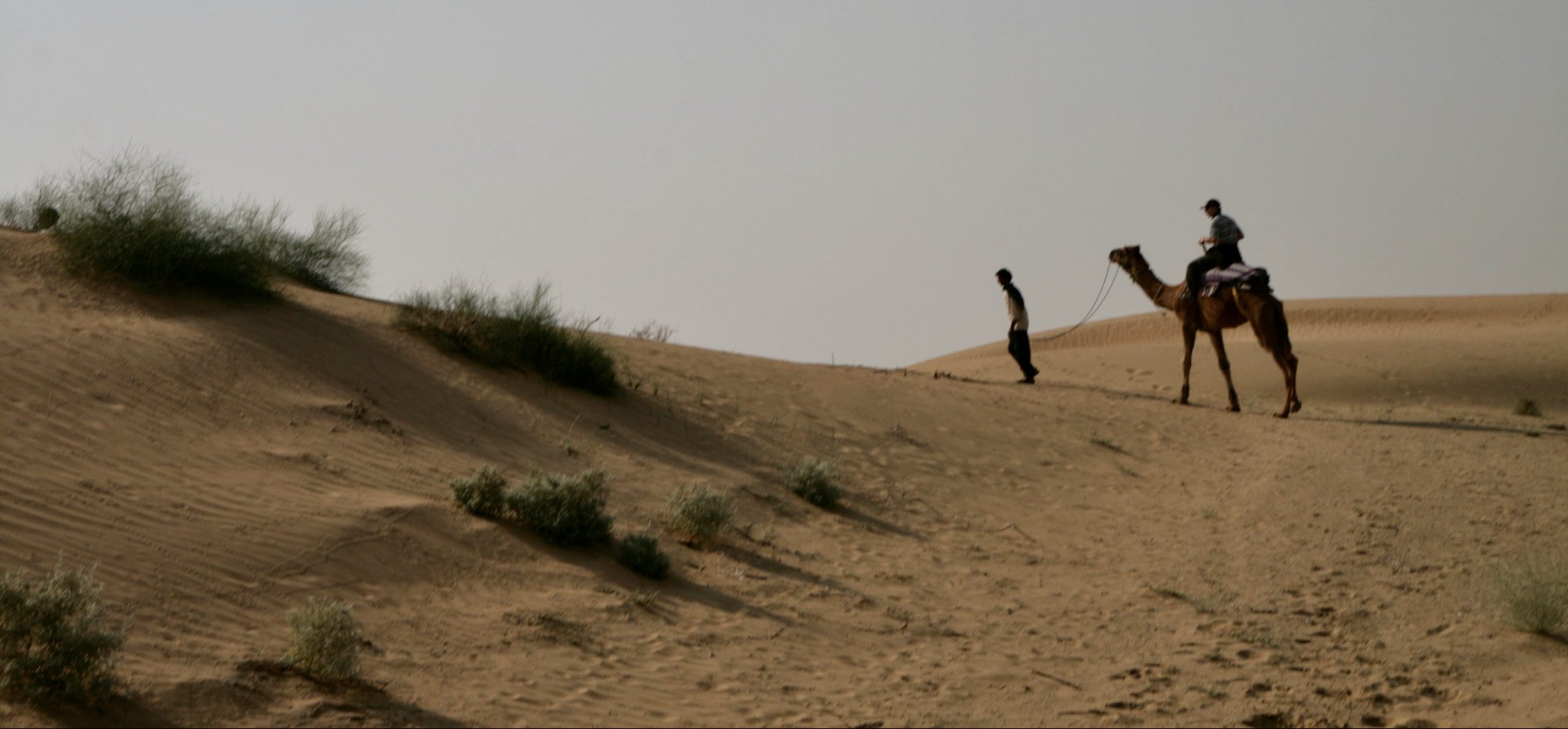
Trekking
Trekking in Rajasthan is unfortunately not yet as established as in other parts of India, but nevertheless possible! In addition to guided half-day/full-day treks in scenic areas, we offer treks of several days in the Kumbalgarh/Ranakpur area. It is amazing how many facets the landscape has, which seems rather monotonous from a car. Nowhere is completely deserted and we like to take the opportunity to get to know the people – interactive trekking, so to speak. There is, of course, also the chance for animal observations. Technically, the tours are not difficult, but some paths are a bit rough. Good soles are recommended.
> more infos about trekking and hiking
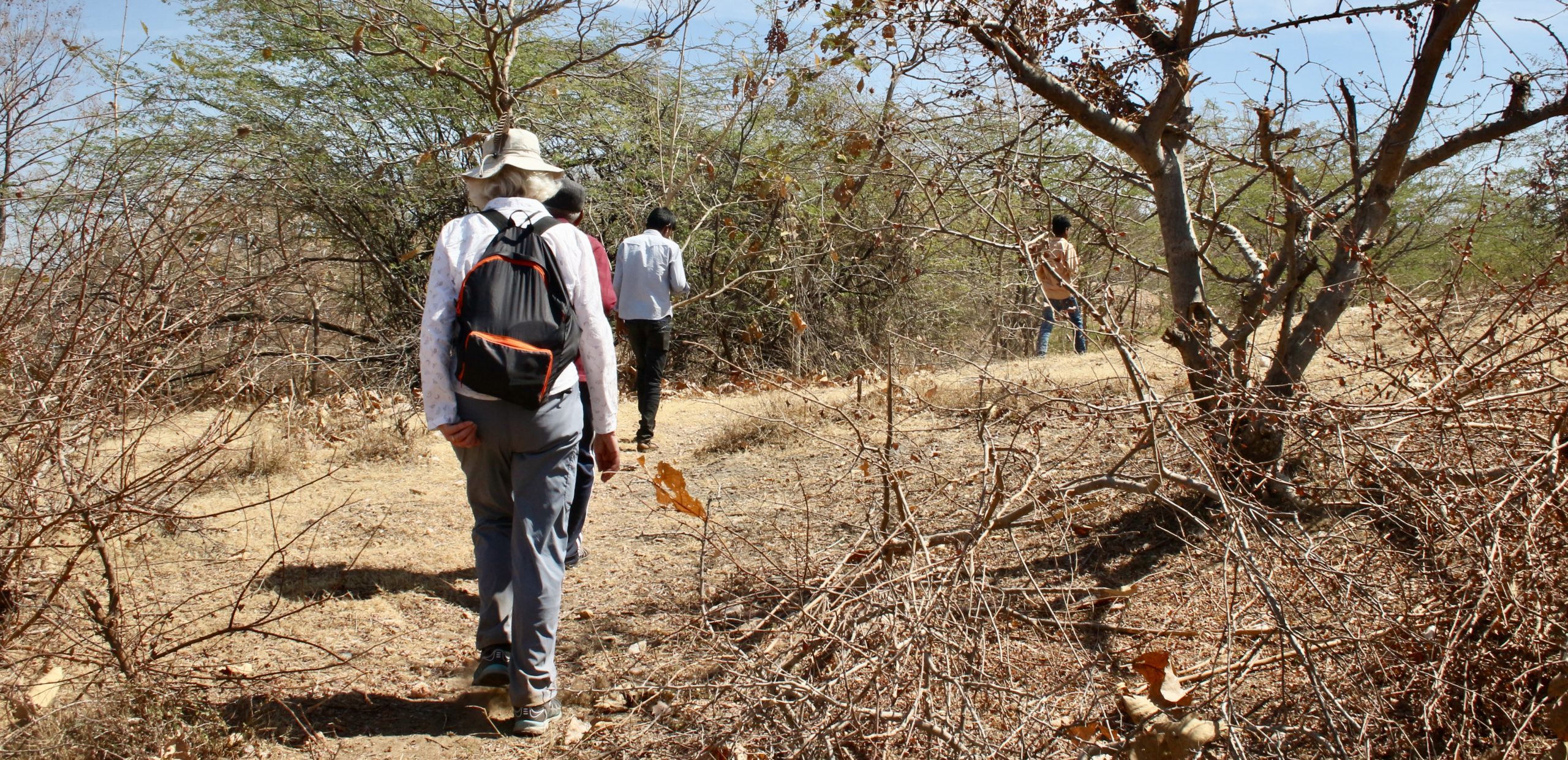
Forts and Palaces
What could be more naturally in the land of the Maharajas than to marvel at their palaces? The architecture is very impressive and you learn a lot about the living conditions of past times. Most of the palaces were also used for defence purposes and are more or less a palace-fort combination. Some palaces are completely open to tourism, in others rooms are still occupied by the family. One palace is more beautiful than the other – and yet we advise (unless you are a big fan of cultural and art-historical architecture) to plan for a maximum of three on one trip. It’s easy to get overtired and in the end you sometimes don’t know which detail belongs to which palace.
Also, the pomp that these palaces exude, in contrast to the obvious poverty of many people in the cities and the hardships of life in the countryside, is a very violent contrast that is not always easy to digest for the “fairness of the world”.
There are also forts that are mainly for defence like Chittorgarh and Kumbalgarh (Garh = fort) and do not have magnificent interiors.
Some palaces now have audio guides in German (e.g. Merangarh Fort in Jodhpur, Amber Fort near Jaipur), which are very good. You can’t ask questions, but you can stroll through the rooms at your own pace. A pleasant change.
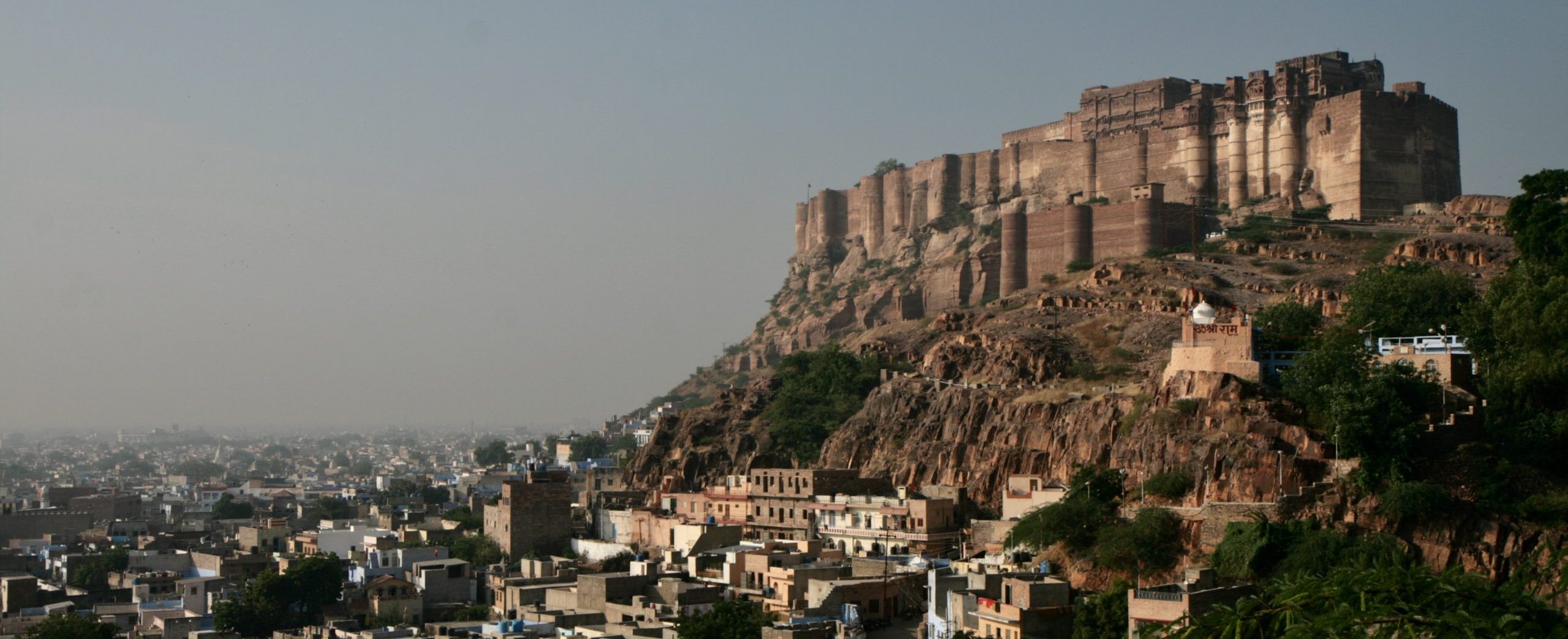
Villages
Village visits enrich your trip and offer a better insight into Rajasthan. 75% of the inhabitants live in the countryside in larger and smaller villages. The villages are mostly structured according to similar principles, i.e. each caste, each ethnic group, each village member has its fixed place within the village order. Decisions affecting the whole village, but also disputes between individual families or within a family, are the responsibility of the panchayat, an elected group of 5 members who meet at regular intervals, consult and then vote on the respective cases. If no good agreement can be reached, or if the disputants are dissatisfied with the verdict, they go to the next higher instance. But since the panchayat is made up of members of the village social system, they always try to find solutions that allow everyone to live together.
The village community usually lives from agriculture and livestock farming, with the surpluses going into trade. Milk cooperatives have formed in many villages. Every morning, the milk truck comes by to collect the milk and take it to the town for sale. In agriculture, which is partly done with machines and partly by hand, much depends on the monsoon and the quality of the ground water. In desert areas, only one harvest per year is possible. Here, millet is the main crop. In other areas, wheat is also harvested, and the golden mustard provides splashes of colour in the barren landscape in winter. Water is the biggest issue for the villagers. If the monsoon is plentiful, there are good harvests and full bellies; if it is scarce, people have to tighten their belts despite wheat subsidies from the Indian government.
In addition to these main activities, there is also a lively craft industry in the villages. Iron is forged, jewellers make simple and precious jewellery, carpets are knotted (dhurries are a speciality, especially in the Bishnoi villages), potters make clay pots on manually operated wheels and in some villages you can see traditional fabric printing.
A very special experience is a puja in a village temple, where one becomes an eye (and ear) witness to daily lived religiosity. Usually there is singing, a fire pan is swung, the bell is rung and drumming takes place. Spectators are welcome, sometimes invited to join in, but can easily refuse. Only if prasad (blessed food) is given into your hand should you accept it. Most of the time it is very sweet and edible without aftermath. And don’t worry: you can’t do anything wrong. You will be made aware of the rules of conduct that are important to the Indians.
We offer village visits in different ways. Firstly, an overnight stay in a heritage hotel in a village includes a village walk. Here you can see in particular the connection of the “nobility class” and the intertwining with the village that has existed for generations. Many resorts also have a village nearby where an accompanied walk is offered. As these walks are mostly accompanied by someone from the hotel/resort, contact with the population is quite uncomplicated. You can also ask all kinds of questions and learn a lot about everyday life and the structure of the village. If you prefer to spend the night in a city but still want to experience village life, we can arrange a half-day or full-day excursion to a village with or without lunch, e.g. to the Bishnoi villages near Jodhpur.
For those who want to experience village life even more intensively, we invite you to a homestay in Siyana, a village near Bikaner (so far the only one of its kind) or arrange a day with a village family, where you will be involved in all their work (with an interpreter, of course).
Besides all the “learning and experiencing” aspects, a village stay is always a good opportunity to enjoy a slower rhythm, to enjoy the simplicity of life, to come to rest and listen to nature.
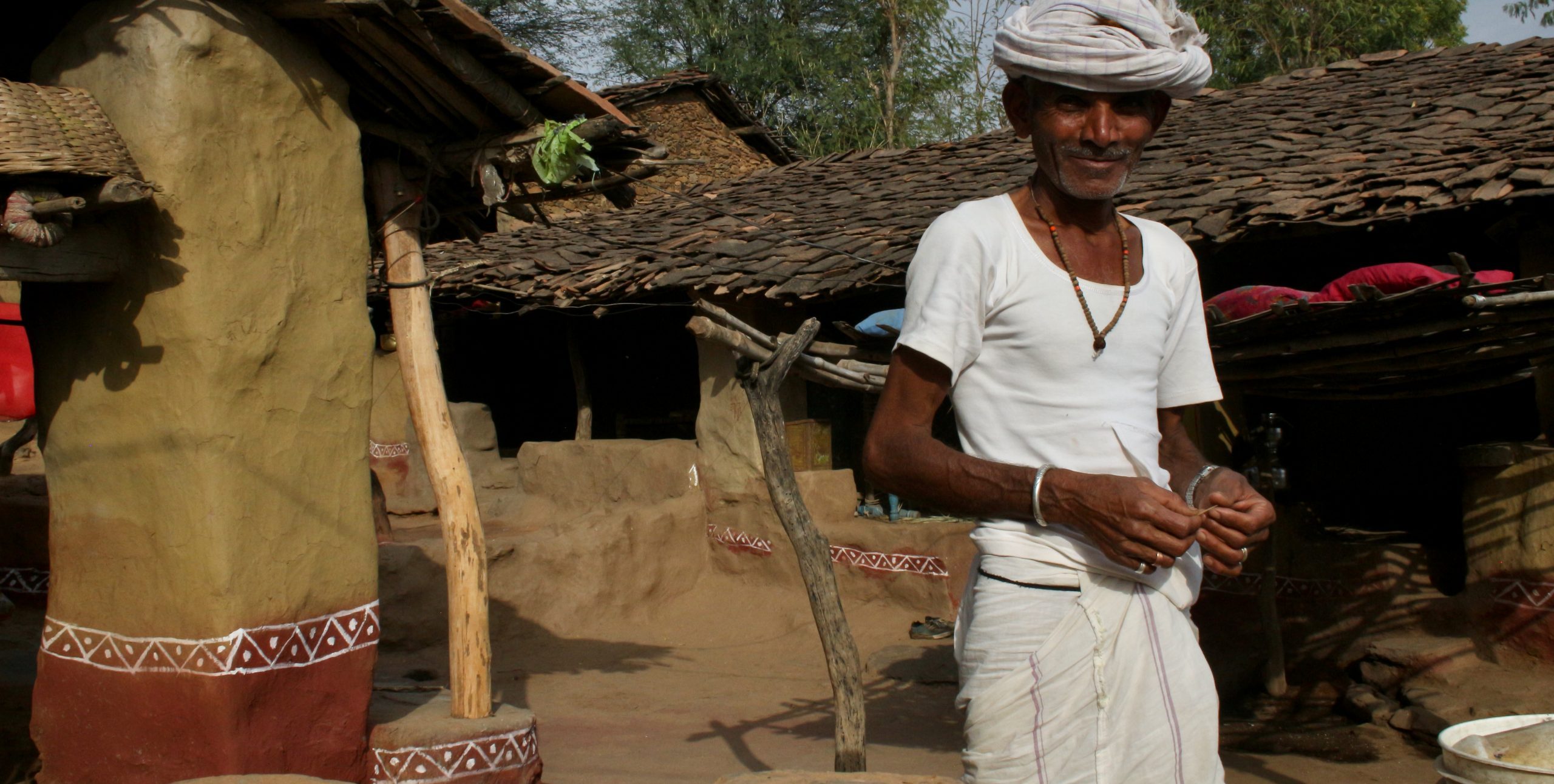
Festivals
Rajasthan is a great place to celebrate! In addition to the India-wide national holidays, there is a whole series of regional festivities whose dates can be easily incorporated into a tour plan. These include the camel market in Pushka, Baneshwar Fair, cattle market in Nagaur, camel festival in Bikaner, Desert Festival in Jaisalmer, Gangaur in Bikaner, Jaipur and Udaipur. But there are many others in smaller towns as well.
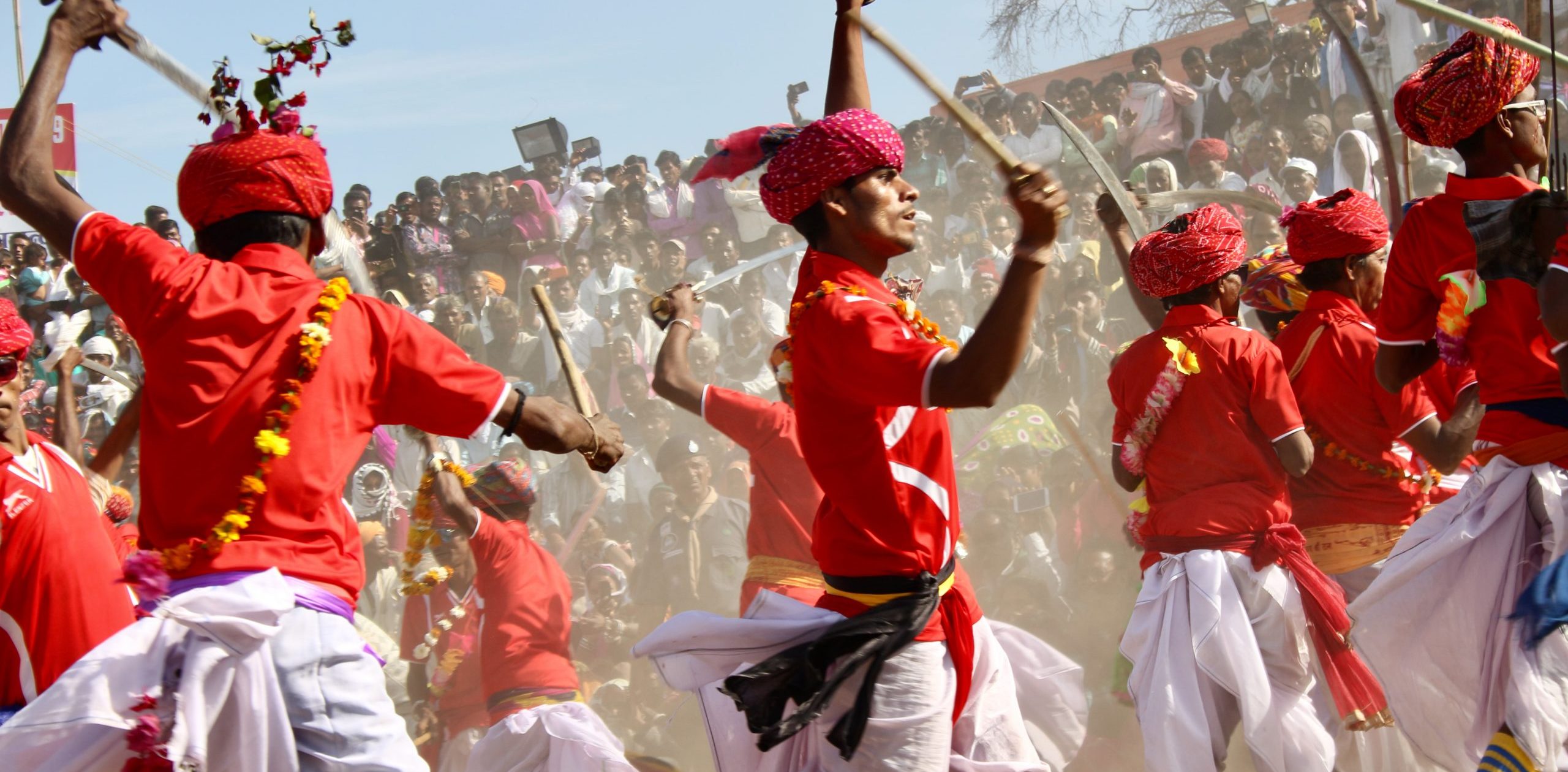
Religion
Rajasthan is predominantly Hindu, but you will find various opportunities to visit other religious buildings or communities. Moreover, Rajasthan would not be India if there were not also very special unique places/temples, of which certainly many more can be discovered than are listed here. And thirdly, there are the folk beliefs, which can be differentiated according to regions and ethnic groups. But superstition also still governs various everyday activities in many areas. It is best to ask your guides about this.
A particularly important place for Hinduism is Pushkar with its sacred lake, surrounded by 52 bathing ghats. There you can watch many Hindus performing their rituals or even have a puja performed by a priest.
Very exciting is a visit to an active village temple, which we can gladly include in your trip.
The largest centre of Islam is in Ajmer with its impressive mosque. But also in Jodhpur the muezzin call resounds early in the morning through the old town.
Also in Jodhpur, we found a Protestant-Methodist congregation with about 500 members, who go to mass on Sundays at 9:00 am. One is cordially invited to attend. There is also a church in Bikaner that you can visit. The Christian population here is about 5 %.
The centres of Jainism are in Mt. Abu and Ranakpur. The most impressive temple complex can be visited in Ranakpur – smaller temples can be found in many places in Rajasthan.
Regarding the “special places” we have the following to offer so far:
– Karni Mata Rat Temple in Deshnoke (near Bikaner).
– Exorcist Temple in Balaji (between Agra and Jaipur)
– Bullet Baba Temple near Rohet (where a Bullet Enfield is said to have spiritual powers)
– Amaj Mata Temple with a kind of oracle (near Kumbalgarh)
Most famous is the Bishnoi folk religion, made famous by a tree-hugging action in 1730, where they protested against the felling of various trees and preferred to die themselves rather than give up the fight.
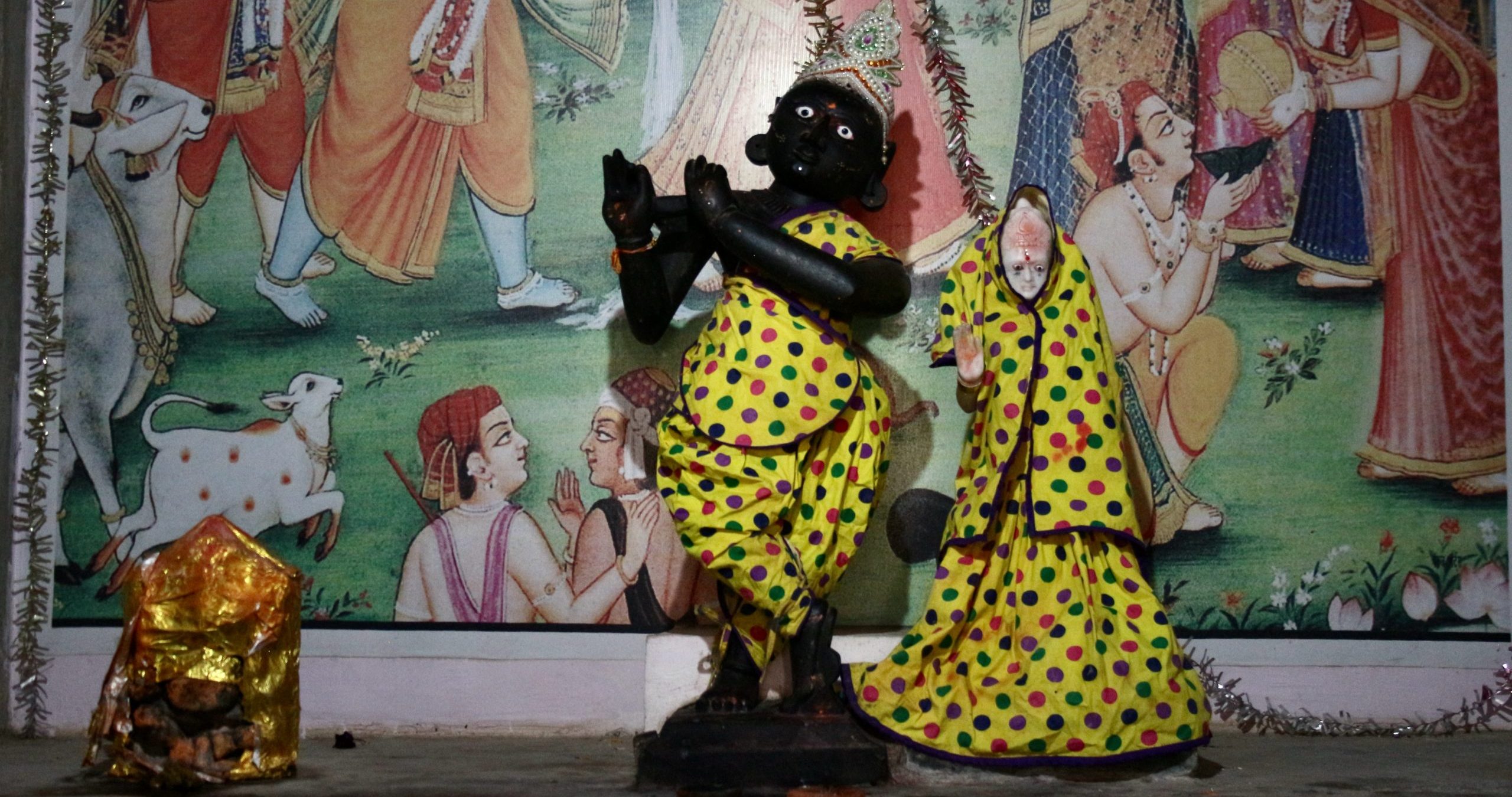
Blog
2019 I did an organised trip with another one to Sout-Rajasthan. Here you can read the blog about that:
